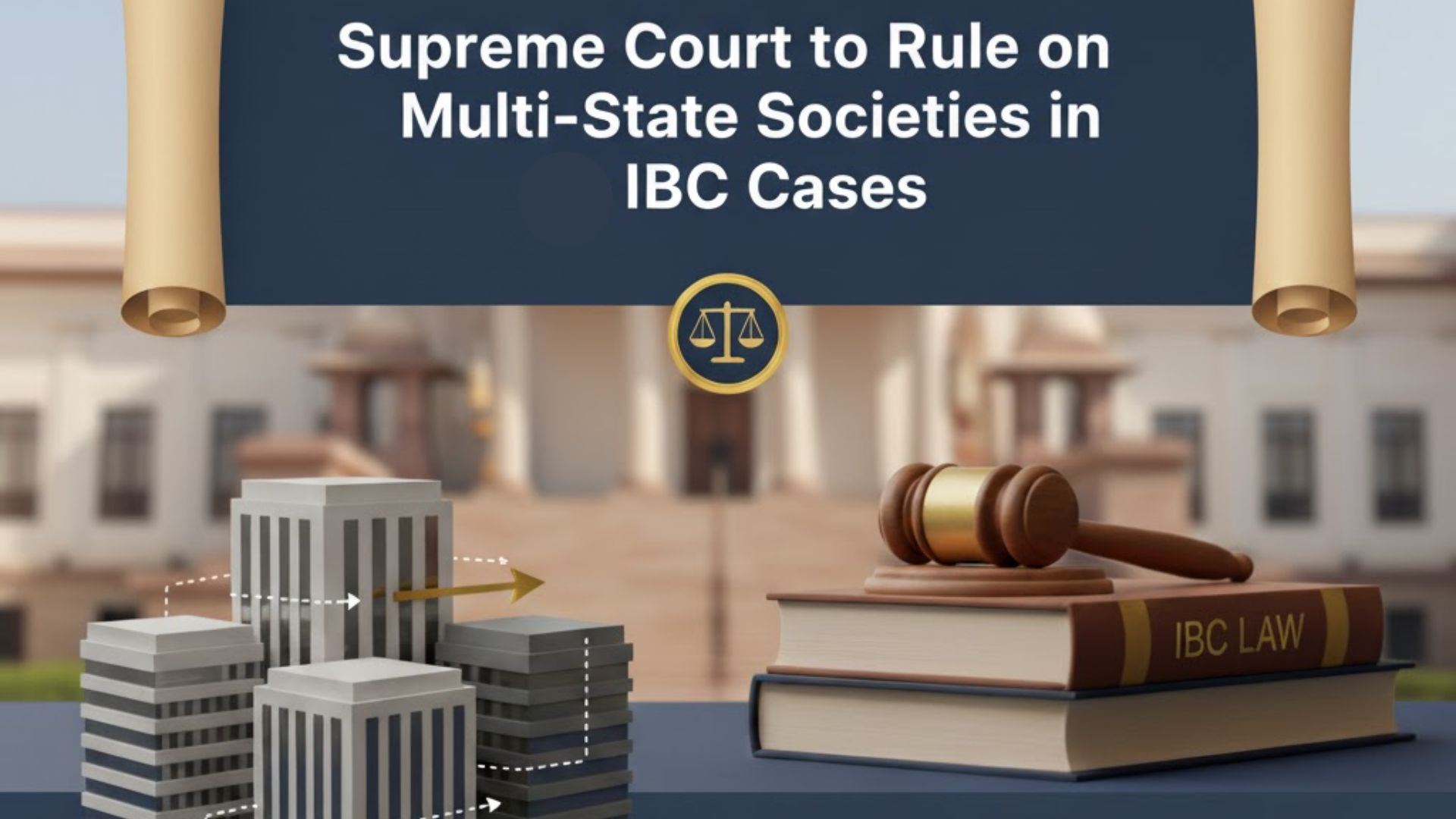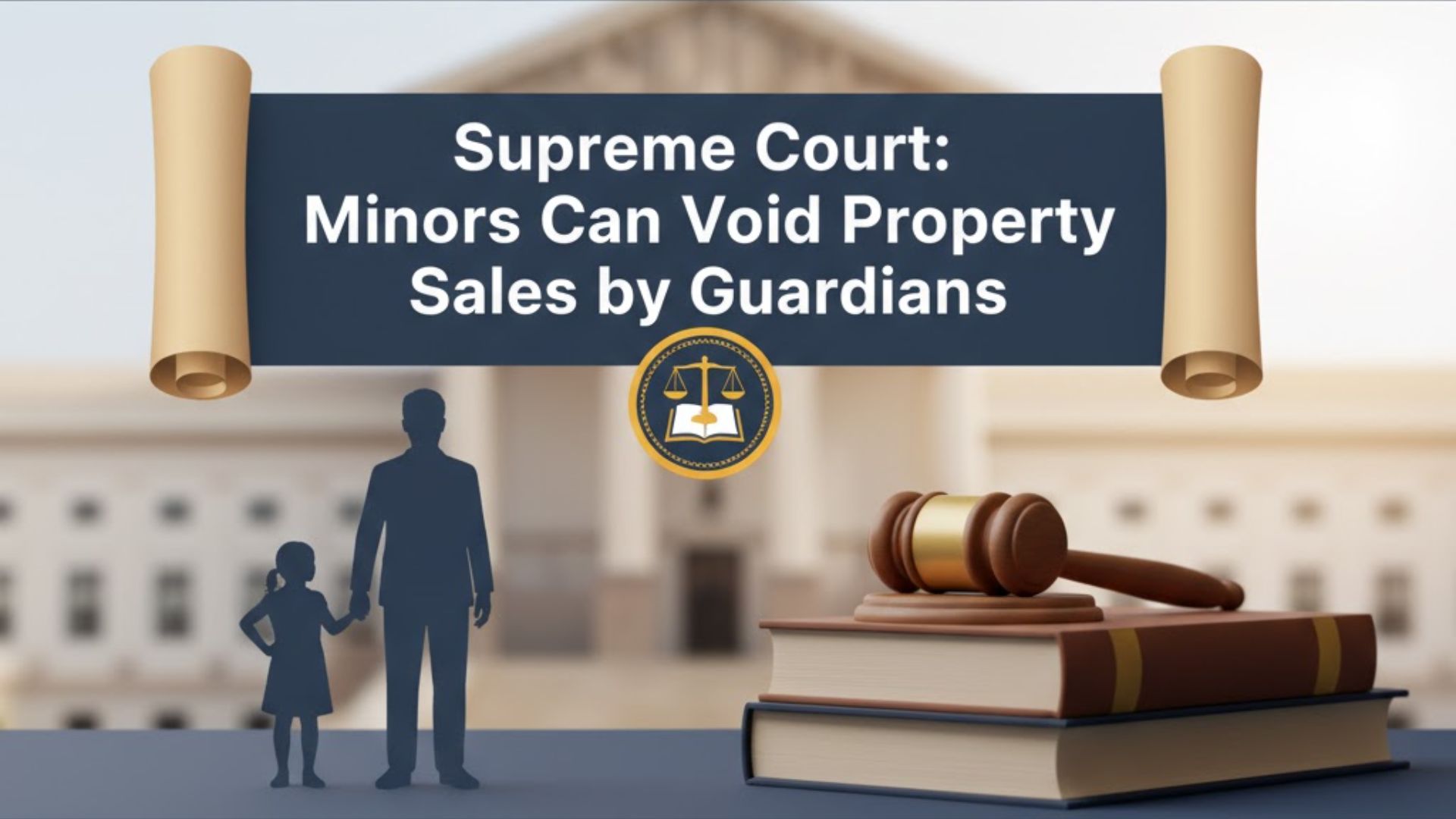K.N. Seth, J.@mdashThe petitioners carry on business of manufacture and sale of biscuits at Kanpur. By notifications dated 1st July, 1968, and
18th August, 1967, issued under the U. P. Sales Tax Act, cooked food, including sweetmeats and confectionery, other than sold in sealed or
tinned containers, were made liable to sales tax at the rate of two per cent. For the assessment years 1966-67 and 1967-68 the petitioners were
assessed to sales tax on the turnover of biscuits at the rate of two per cent treating the item as cooked food. On 1st July, 1969, a notification u/s 3-
A of the Act was issued under which sweetmeats and confectionery, when sold in sealed or tinned containers, were made liable to tax at six per
cent while sweetmeats and confectionery sold otherwise than in sealed or tinned containers, were liable to tax at three per cent. Cooked food sold
in any form continued to be taxed at the rate of two per cent. Subsequently by a notification dated 15th November, 1971, issued u/s 3-A of the
Act, the rate of tax on sweetmeats and confectionery other than those sold in sealed or tinned containers, was enhanced to three and a half per
cent. The petitioners alleged that their customers objected to the payment of tax at the enhanced rate as envisaged in the aforesaid notification. It
was asserted that biscuit could not be treated as confectionery. The petitioners wrote a letter to the Sales Tax Officer concerned seeking
clarification regarding the rate at which they should collect tax from their customers. It was also pointed out that in the case of Annapurna Trading
Company for the assessment year 1969-70 the Assistant Commissioner (Judicial), Sales Tax, Varanasi, held that biscuits are cooked food and are
liable to tax at the rate of two per cent. The Sales Tax Officer informed the petitioners that they were liable to be taxed at the rate of three and a
half per cent on the turnover of loose biscuits and at the rate of six per cent on the turnover of biscuits sold in sealed or tinned containers. Through
this petition the petitioners have challenged the view taken by the taxing authority.
2. The question with which we are concerned is whether biscuit can be said to be confectionery. The history of confectionery industry indicates
that it developed with the cultivation of sugarcane. Many kinds of sweetmeats and candy were made by moulding sugar, nuts and fruits of various
kinds into fanciful forms. One of the main ingredients used for manufacturing confectionery is sugar. Confectionery is essentially a sweetmeat. In
certain preparations, to the sweet base are added chocolate, fruits, nuts and peanuts, eggs, milk products, flavours and colours. In certain other
preparations, like cakes and pastries, wheat flour (maida) and sugar form the main ingredients to which other items are added. Biscuit, on the other
hand, is a kind of dry bread in which sugar is an almost insignificant ingredient. In salted biscuits sugar is not at all used.
3. The word ""confectionery"" has not been defined in the Act. In such a situation the word must be construed in its popular sense, i. e., the sense
which the people conversant with the subject-matter with which the statute is dealing would attribute to it. The correct principle of construing the
meaning of entries mentioned in a taxing Act like the Sales Tax Act is to find out to what transaction, its language, according to its natural meaning,
fairly and squarely hits and not to assume what was intended to be done. It must be seen whether the tax is expressly and unambiguously imposed.
What is relevant is not the dictionary meaning but how the entries are understood in common parlance specially in commercial circles. Applying
that principle of construction we find it difficult to hold that biscuit would be included in the item ""confectionery"".
4. The distinction between ""confectionery"" and ""biscuit"" was considered in Parry and Co. Ltd. Vs. Perry and Co., , a case under the Trade Marks
Act, and it was held that the essential characteristic of biscuit is different from that of confectionery and it cannot be said that biscuit and
confectionery are identical though there can be fancy biscuits in which confectionery can be put on the top. In common parlance and in trade
circles also a distinction is always drawn between biscuit and articles which are called ""confectionery"". In our opinion the rate of tax applicable to
confectionery cannot be applied to biscuits.
5. In the result the petition is allowed. The respondents are directed not to assess the petitioners with regard to the turnover of biscuits at the rate
applicable to confectionery. In the circumstances of the case we make no order as to costs.

